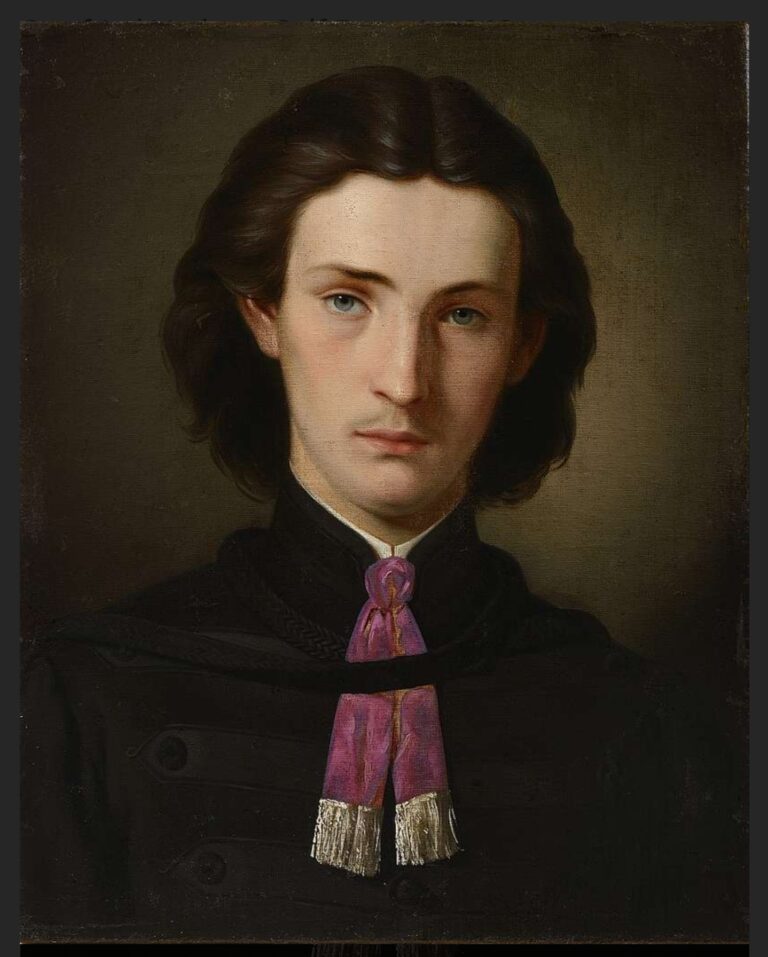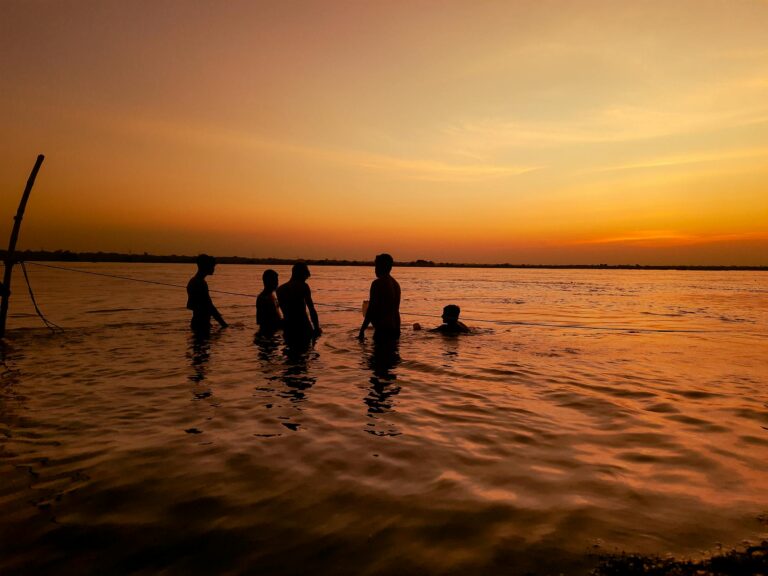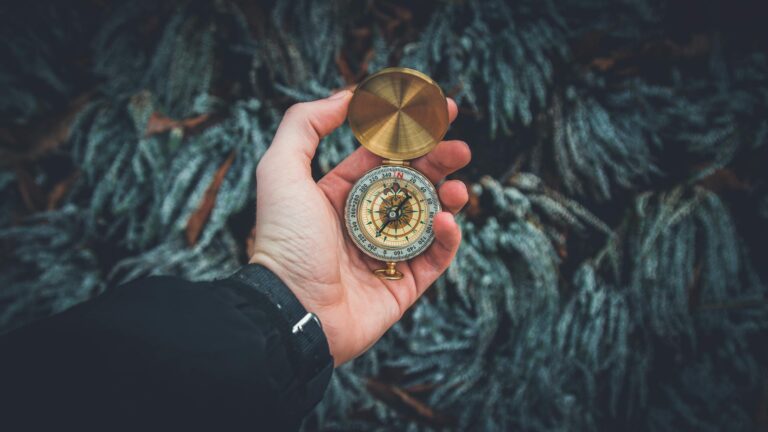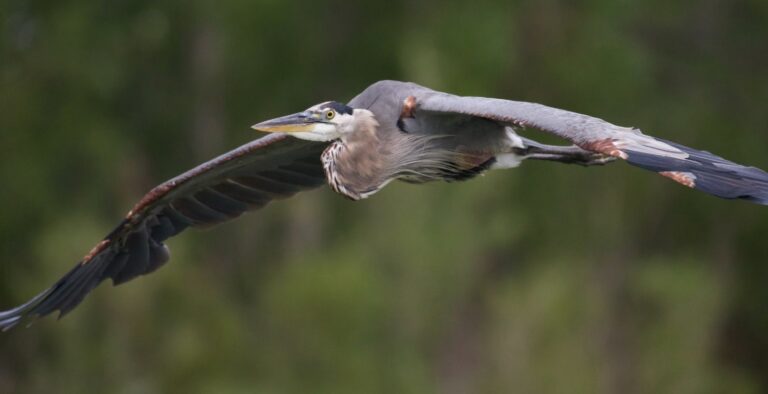The Wampanoag: Guardians of the Land and Tradition
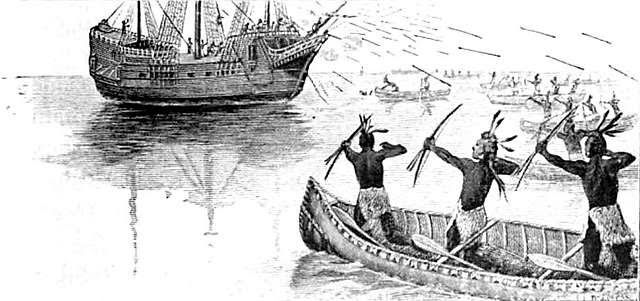
The Wampanoag, meaning “People of the First Light” or “Easterners,” are a Native American tribe indigenous to present-day Massachusetts and Rhode Island in the United States. With a rich cultural heritage and deep connection to their ancestral lands, the Wampanoag have played a significant role in American history and continue to preserve their traditions amidst modern challenges.
Origins and History:
The Wampanoag Nation comprises several tribes, including the Pokanoket, Mashpee, Aquinnah, and others. They have inhabited the region for thousands of years, thriving in harmony with the natural environment long before European colonization.
One of the most notable figures in Wampanoag history is Massasoit, the sachem (leader) who welcomed the Pilgrims to Plymouth Colony in 1620. His alliance with the settlers led to the first Thanksgiving feast, although the relationship between the Wampanoag and the European settlers was complex and often marred by conflict and betrayal.
Culture and Traditions:
The Wampanoag have a rich oral tradition, passing down their history, customs, and spiritual beliefs through storytelling, dance, and ceremony. Their cultural practices are deeply intertwined with the land, with a strong emphasis on stewardship and respect for nature.
Traditional Wampanoag lifeways revolved around hunting, fishing, farming, and gathering, with each season marked by specific rituals and activities. They cultivated crops such as corn, beans, and squash, known as the “Three Sisters,” which formed the basis of their diet.
Spirituality and Religion:
Central to Wampanoag spirituality is a profound reverence for the natural world and a belief in the interconnectedness of all living beings. Their traditional religious practices include ceremonies to honor the changing seasons, as well as rituals to seek guidance from ancestral spirits.
The Wampanoag also have a rich pantheon of deities and legends, with stories passed down through generations. Ceremonial dances and songs play a vital role in connecting with the spirit world and maintaining balance within the community.
Challenges and Resilience:
Like many Indigenous peoples, the Wampanoag have faced centuries of oppression, forced assimilation, and land loss at the hands of European colonizers. The devastating effects of disease, warfare, and displacement have taken a toll on their communities and cultural traditions.
Despite these challenges, the Wampanoag continue to assert their sovereignty and fight for recognition of their rights and land claims. Through activism, education, and cultural revitalization efforts, they are preserving their heritage for future generations while also adapting to the realities of the modern world.
Conclusion:
The Wampanoag are more than a historical footnote; they are a vibrant and resilient people with a rich cultural legacy that continues to thrive in the 21st century. As guardians of the land and tradition, they remind us of the importance of preserving Indigenous knowledge and respecting the interconnectedness of all life on Earth. By honoring their past and embracing their future, the Wampanoag inspire us to forge a more inclusive and sustainable world for all.
